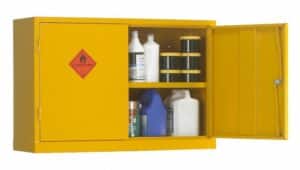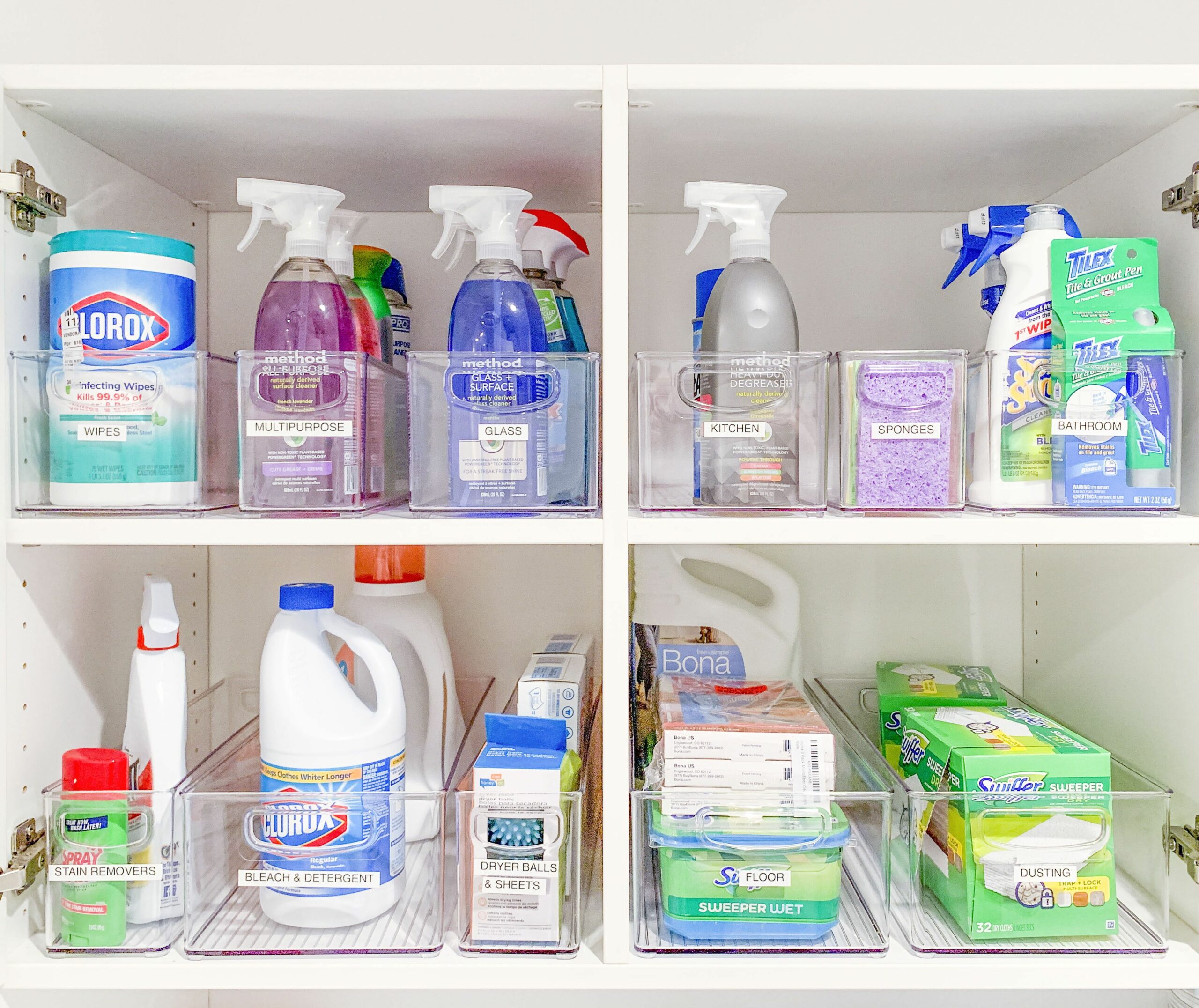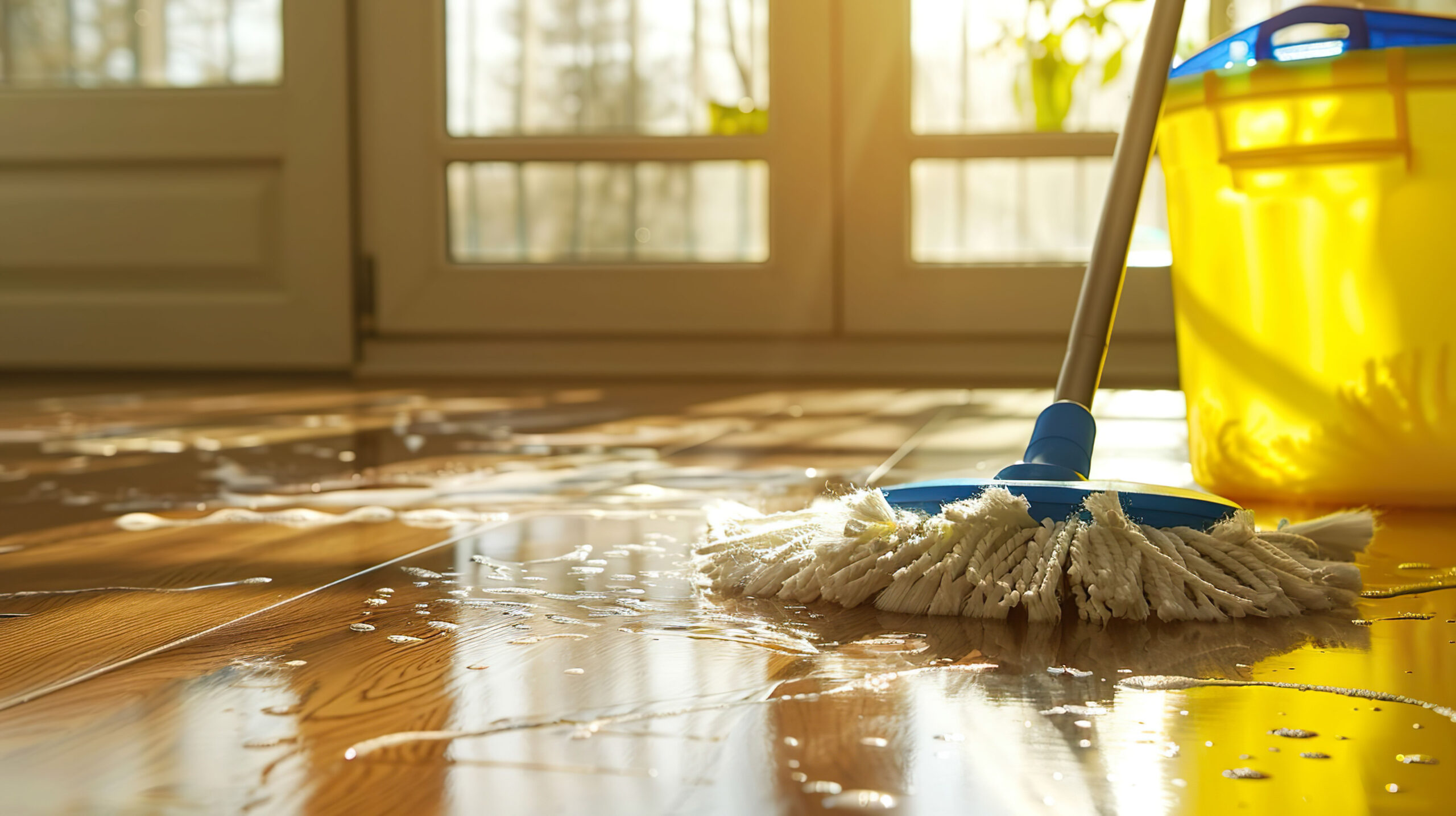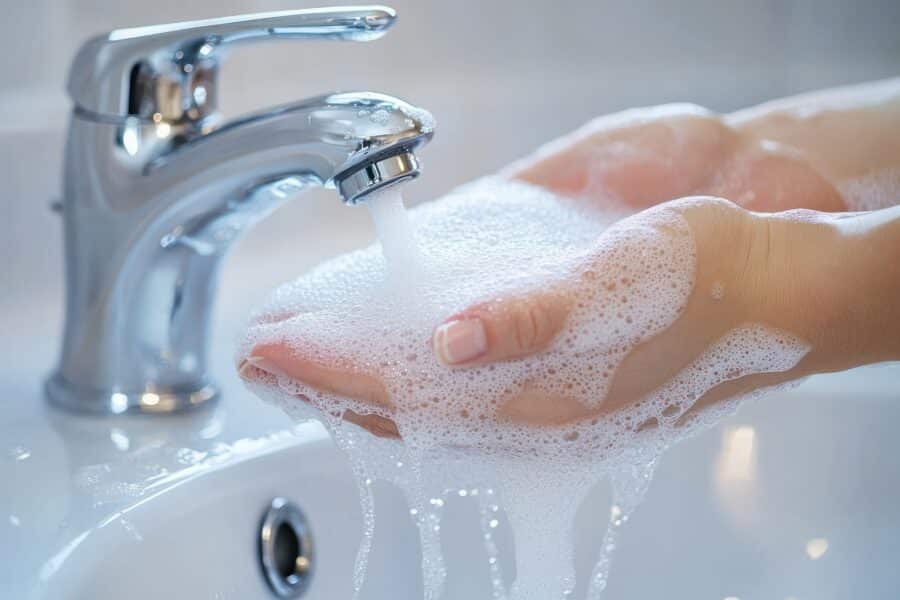In care homes, where vulnerable residents rely on a clean and safe environment, how and where to store cleaning supply matters more than you might think. Proper storage isn’t just about staying organised—it plays a crucial role in infection control, staff safety, and meeting regulatory standards. That’s why this guide walks through practical, real-world steps to help keep your supplies stored correctly and your care home running smoothly.
Why Proper Storage Matters
- Safety: It minimises the risk of spills, exposure, and misuse.
- Infection Control: It reduces the chance of cross-contamination.
- Efficiency: It ensures staff can find what they need quickly.
- Compliance: It helps your facility meet CQC and COSHH (Control of Substances Hazardous to Health) standards.
Meeting COSHH Requirements
Any cleaning product considered hazardous under COSHH must be stored securely. To stay compliant, follow these straightforward steps:
- Use a locked cabinet or cupboard that is clearly labelled and only accessible to trained staff.
- Choose a well-ventilated area, located away from kitchens or food storage zones.
- Always store products in their original containers, with labels intact and legible.
- Keep COSHH data sheets in a dedicated folder nearby, ideally laminated for durability.
- Avoid pouring products into unlabelled bottles—it’s unsafe and against regulations.

How Do You Store Cleaning Supplies?
For daily-use cleaning tools and chemicals, the setup should be simple, logical, and safe. To achieve this:
- Keep cleaning chemicals on a separate shelf from cloths and tools.
- Hang mops and brushes to dry thoroughly. Damp tools can breed bacteria quickly.
- Use colour-coded cloths and buckets, and store them separately to prevent cross-use.
- Label each shelf or container by use or area (e.g. bathrooms, kitchens).
- Make sure PPE like gloves and aprons are stored in a clean, dry place but never with chemicals.
Do you feel that you need support in to properly store your cleaning supplies? Book a consultation with our team today!
What to Do After Cleaning
After cleaning, equipment should be rinsed and left to air dry before storage. Regularly check for signs of wear and tear. Whenever items are broken or unhygienic, replace them without delay. All items should be returned to a dedicated, staff-only area.
Keeping Cloths, Brushes and Consumables Organised
Organising cleaning materials makes a big difference in both efficiency and hygiene. Therefore:
- Store clean cloths in sealed containers or drawers.
- Use clearly labelled areas for different cloth types (e.g. kitchen vs bathroom).
- Keep items like toilet brushes away from reusable supplies.
- Never store anything near medications or resident food, under any circumstances.
How Do You Keep Inventory of Cleaning Supplies?
You don’t need expensive software to manage your supplies effectively. Instead:
- Maintain a simple stock log using a notebook or spreadsheet.
- Follow the First In, First Out (FIFO) method to rotate stock and avoid expiry.
- Review supply levels at least once a week, if not more often.
- Assign someone specific responsibility for checking and reordering supplies.
Cleaning Cupboard Setup Tips
Setting up your cupboard well will save time and reduce mistakes. Consider these tips:
- Use plastic bins or trays to group similar products.
- Label every shelf clearly for easy navigation.
- Store everyday items at waist height and heavier products closer to the floor.
- Post a visual layout guide inside the cupboard door to help staff find what they need.
Final Checks and Compliance Tips
To maintain standards over time, build good habits into your routines:
- Ensure all staff, including temps and night workers, understand the storage system.
- Run a quick storage audit once a month.
- Keep COSHH documentation current and accessible.
- Use wall posters or laminated reference guides for quick reminders.
Getting your storage system right is one of the simplest ways to boost safety, support your team, and stay compliant. If you’d like help reviewing your current setup or choosing compliant cleaning products designed for care homes, book your free consultation below.
Cleaning Supply Storage FAQ’s
How should care homes store cleaning chemicals under COSHH?
COSHH requires chemicals to be kept in a locked, labelled cupboard, away from food areas, in original containers with safety data sheets nearby.
What’s the safest way to store mops, cloths, and brushes?
Always hang mops and brushes to dry fully and keep cloths in sealed containers. Use colour-coded systems to stop cross-contamination between areas like kitchens and bathrooms.
Can PPE be stored with cleaning chemicals?
No—PPE such as gloves and aprons should be stored in a clean, dry place, separate from chemicals, to keep them safe and hygienic.
How should care homes keep track of cleaning supply inventory?
A simple stock log or spreadsheet is enough. Use the FIFO (First In, First Out) method, review weekly, and assign staff responsibility for checks and reordering.
What are the best tips for organising a cleaning cupboard?
Group products in trays, label every shelf, store heavy items low down, and post a visual guide inside the door so staff can quickly find what they need.
What happens if a care home fails to store cleaning supplies correctly?
Poor storage can lead to safety incidents, infection control failures, and negative CQC inspection results. Staying compliant avoids these risks.






